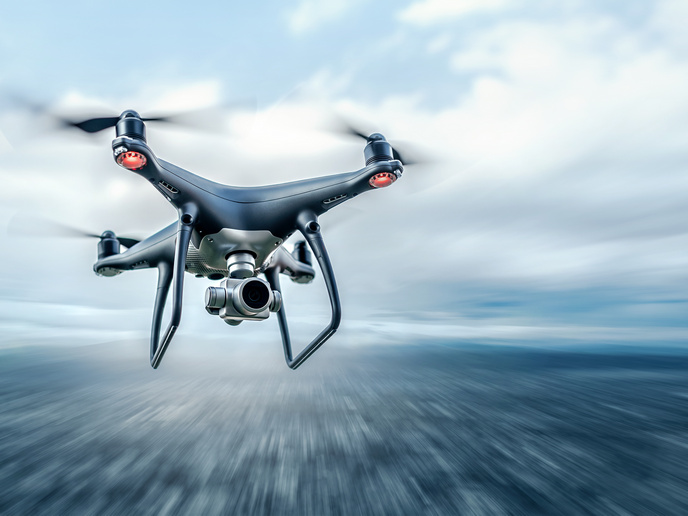Combining existing technologies for more efficient air travel
As demand for air travel continues to rise and safety regulations become more stringent, technology will have to advance so aircraft can measure up to these heavy demands. Headed by a leading aircraft manufacturer, Airbus Industries, and with EU funding, the AFAS project aimed to develop a more autonomous aircraft and refine and improve air traffic control systems simultaneously. The AFAS project successfully provided the plans for an autonomous aircraft that can be produced maintaining safety standards and over an economically viable time frame. AFAS researchers also defined an operational package to increase passenger capacity and the required air traffic management (ATM) network. Using real-life scenarios, they demonstrated the plan's viability. The new system used a digital exchange of information between pilot and traffic control to create a seamless operation. Existing flight management systems and flight trajectory are key elements. An advantage is that existing computer architecture, wiring and data is used to keep down costs. The new AFAS systems maintain the required level of safety while increasing the capacity of both airport and routes. In terms of efficiency, service is improved reducing delays at the airport, a boon for the holidaymaker and business interests alike.







